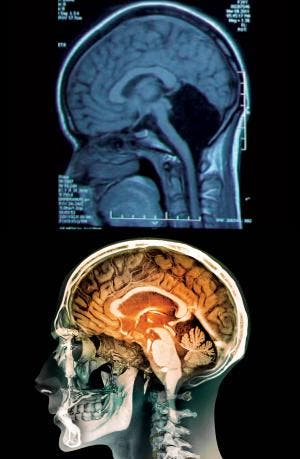A Chinese woman has shocked doctors when it was revealed that she reached 24 years without having a cerebellum. It is not the first time a person was living fine without having a cerebellum, but she entered an extremely select group, which only features 9 other people.

The woman checked in at the Chinese PLA General Hospital of Jinan Military Area Command in Shandong Province, reporting a severe case of dizziness and nausea. She told doctors that she always had a problem walking straight, and she only started talking at the age of 6, but nobody was expecting this. They did a CAT scan and quickly identified the problem: her entire cerebellum was missing, being filled with cerebrospinal fluid.
The cerebellum (Latin for “little brain”) is a region of the brain that plays a crucial role in the human body. In addition to its direct role in motor control, the cerebellum also is necessary for several types of motor learning, most notably learning to adjust to changes in sensorimotor relationships – your body’s sensors. It’s different structurally from the rest of the brain, consisting of smaller and more compact folds of tissue. It amounts for only 10 percent of the brain’s volume, but has almost half of all the brain’s neurons.
The condition is so rare that there is no clear description or theory of why it happens.
“These rare cases are interesting to understand how the brain circuitry works and compensates for missing parts,” says Mario Manto, who researches cerebellar disorders at the Free University of Brussels in Belgium. The patient’s doctors suggest that normal cerebellar function may have been taken over by the cortex – brain scans should reveal the answer.






